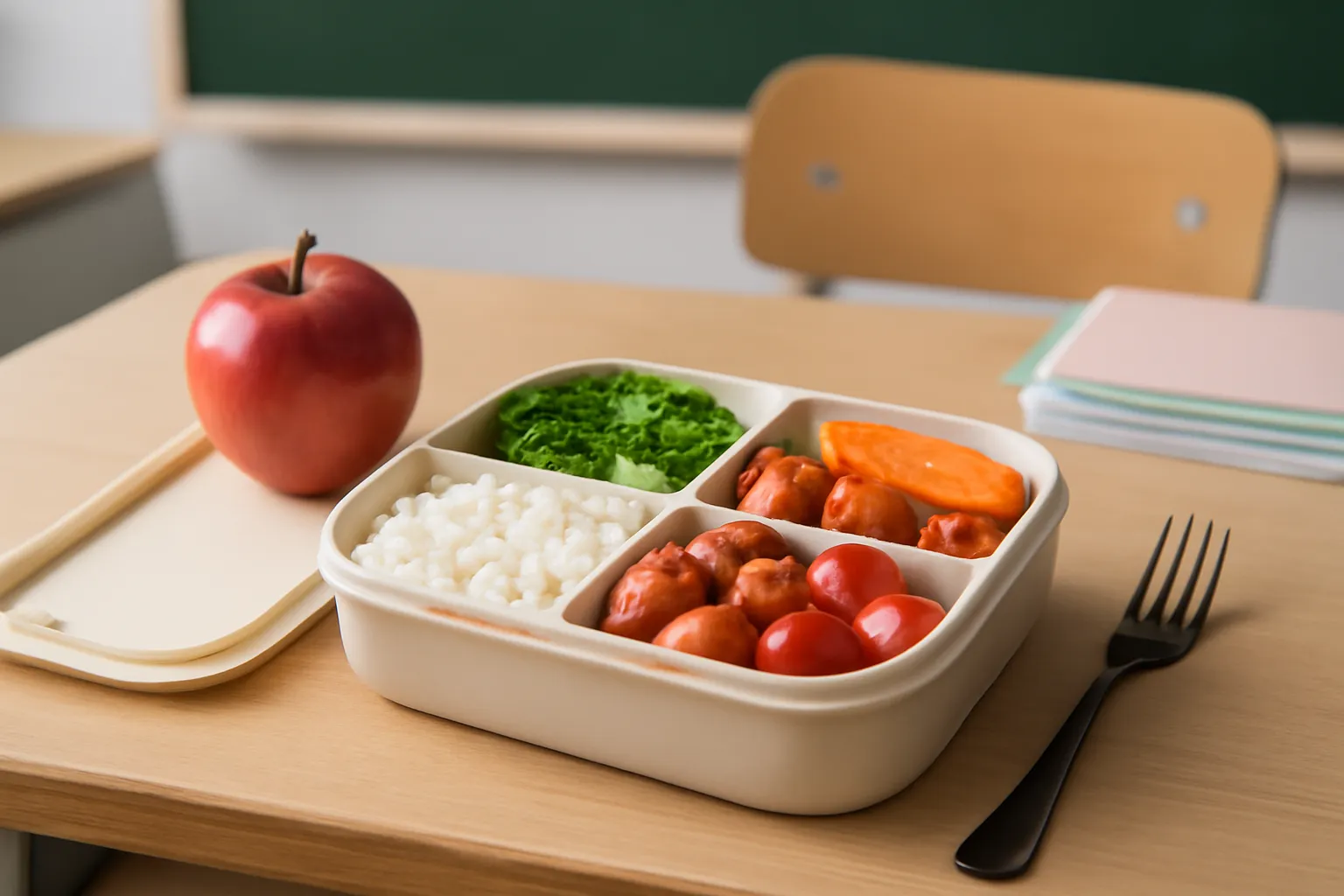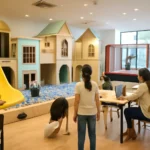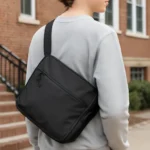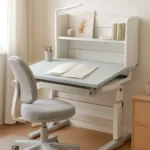Are you curious about the ideal lunch boxes for elementary school care classrooms? Wondering how to balance nutrition and convenience for busy students? Explore the best options for care class lunch boxes and tips on creating perfect, practical meals that keep kids fueled throughout the school day.
Elementary School Student Care Classroom Lunch Box: A Guide to Nutritious & Convenient Meals
The lunch box for elementary school students in care classrooms plays a critical role in ensuring students stay healthy and satisfied throughout the day. These lunch boxes must strike a balance between being nutritious, practical, and enjoyable for kids. Care classrooms, often supporting children in after-school or special needs programs, require specific considerations when packing lunch.
When selecting a lunch box for a care class, it’s essential to focus on a few key elements:
-
Nutrition A balanced diet with a variety of food groups ensures that kids stay focused and energized. A well-rounded lunch box should include lean proteins, fruits, vegetables, and whole grains.
-
Ease of Eating Easy-to-eat food items like bite-sized fruits, cut veggies, and simple protein sources such as grilled chicken or tofu are ideal for younger students.
-
Portability Lunch boxes need to be sturdy and easy to open, especially for children with limited fine motor skills. Opt for spill-proof containers and compartments to prevent messes.
Consider these tips when packing a lunch for a care class:
-
Variety Include multiple food types, such as rice, meat or vegetarian proteins, vegetables, and a fruit. This approach encourages healthy eating habits and keeps the meal interesting.
-
Size Ensure that portions are manageable for young children. Too much food can be overwhelming, while too little may leave them hungry by the end of the school day.
-
Appearance Kids are more likely to eat what looks fun and colorful. Use a lunch box with multiple compartments to keep food fresh and appealing.
An example of a great lunch for a care class might include small rice portions, broccoli, glazed chicken or plant-based protein, cherry tomatoes, and carrots. It’s essential to keep the food light yet filling, so kids don’t feel sluggish by the time afternoon lessons roll around.
Learn More About Care Class Lunch Boxes
The Importance of an Elementary School Care Lunch Box: How to Meet Diverse Needs
An elementary school lunch box, especially one designed for care classrooms, should reflect the diverse needs of young children. These classrooms are often designed to support a range of students, including those with special dietary needs, allergies, or different cultural food preferences.
It’s crucial to create a lunch that meets the following needs:
-
Allergy-Friendly Many schools have strict allergy policies. Avoiding common allergens such as peanuts and dairy can be essential. Consider using non-dairy milk, gluten-free grains, or nut-free spreads.
-
Dietary Restrictions Whether the child follows vegetarian, vegan, or halal diets, their lunch box should cater to these needs without sacrificing flavor or nutrition.
-
Cultural Sensitivity Respect for cultural diversity is vital. Incorporating meals from different cuisines, such as rice-based dishes, pasta, or wraps, ensures all students feel included.
For example, a care classroom lunch might include a rice bowl with grilled vegetables, chickpeas, or lentils, ensuring that kids get a full, plant-based protein meal. Adding fruits like apple slices or a banana gives the kids a natural energy boost.
In addition to being nutritious, these lunch boxes should help teach kids the importance of self-care and healthy eating habits from a young age. Offering choices in the lunch box and introducing kids to new foods allows them to make decisions about their health, promoting independence and responsibility.
Discover More about Balanced School Lunches
Making Lunch Fun: How to Keep Kids Excited About Their Lunch Box
Elementary care lunch boxes should not only be functional but also fun. It’s well known that children are more likely to eat nutritious food when it’s presented in an engaging and visually appealing way. Adding playful touches to their lunch boxes can make a huge difference in how excited they are to eat their meal.
Here’s how to make a school lunch box both nutritious and fun:
-
Use Color The more colors in a meal, the more attractive it will look. Include a variety of vegetables like carrots, peppers, cucumbers, and tomatoes alongside fruits like apples or grapes. This combination not only creates a visually appealing meal but also provides a rich array of vitamins and minerals.
-
Fun Shapes Use cookie cutters to create fun shapes out of fruits, veggies, or sandwiches. Shapes like stars, hearts, or animals can turn an ordinary lunch into an exciting experience.
-
Mini Meals Instead of one large meal, consider dividing the lunch into mini meal components. Bento-style boxes with compartments are perfect for this, allowing you to mix and match foods. Kids can have little portions of everything, making the meal feel like a fun tasting experience.
For example, in a well-designed care lunch box, you could include chicken nuggets with dipping sauce, cucumber slices in fun shapes, apple slices arranged in a smiley face pattern, and mini rice balls. This playful approach encourages children to finish their lunch and get the most nutritional value from their meals.
By making lunches visually engaging, you can increase the likelihood that kids will enjoy the meal and learn the importance of balanced eating in a fun and exciting way.
Get More Tips for Making School Lunches Fun
Conclusion
The lunch box for elementary school care classrooms is more than just a container for food; it’s an essential tool for ensuring that children receive nutritious meals while enjoying their lunch time. By focusing on the right mix of nutrition, ease of eating, and fun presentation, you can help young students build good eating habits that will last a lifetime.
As we continue to understand the importance of nutrition in childhood development, these thoughtful lunch box ideas will play a significant role in shaping kids’ attitudes toward healthy eating.
Remember: a little creativity can go a long way in keeping kids excited and energized for the school day ahead!






